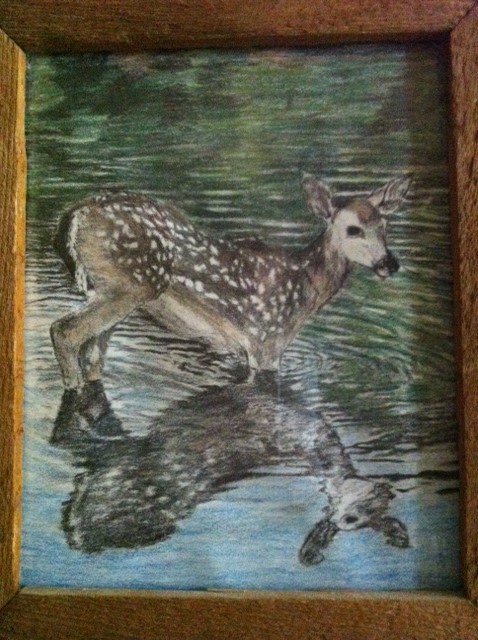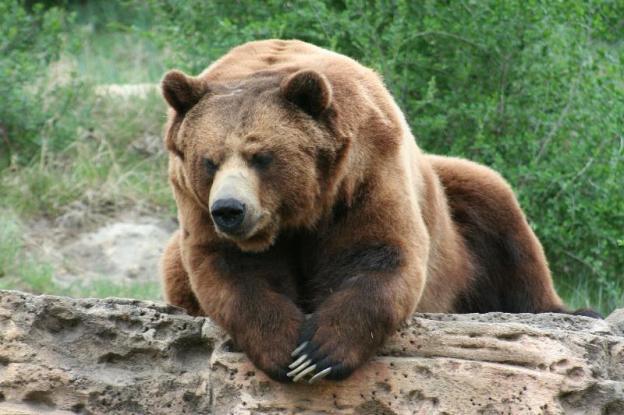The following notes are from this book:
People called Apache. Mails, Thomas, E. 1974. Prentice-Hall, Inc. Englewood Cliffs, NJ.
Chiricahua women hunted when necessary, but it was a man’s responsibility.
The Apache practiced fasting before hunting deer. They would not eat onions or put on anything aromatic. Such taboos were the norm among American Indians, and worked (including fasting) to greatly reduce the smell of the hunter that the deer may otherwise detect. No baskets brought along for a hunt, since that signaled overconfidence.
The Apache hunted alone or in groups. Mostly they hunted with bow and arrow. Sometimes mounted men or relays of footrunners ran deer till they were exhausted, when the men then roped and strangled them. Running deer negatively affected the taste of the meat, so it was not a preferred method.
Deer head and antelope head masks were used for stalking, but not elk-head masks, since the hunters did not think the latter necessary. Perhaps elk are wiser, or probably just less friendly to strange elk. The deer heads were filled out with grass and the skin was sewn and tied to fit the head and stay on. Clothing or covering the color of the deer was worn, and while stalking, the hunter acted like a grazing deer. Deer were approached from downwind. If they were in the open, the hunters crawled long distances while keeping brush in front of them to hide. The deer were called by making a whistling sound through a leaf held horizontally along the lips. This may be in imitation of the bleating of a fawn, as some California Indians practiced.
Deer were sometimes hunted by the Apache after heavy snows and cold drove deer down into the flatlands.
The Apache cultivated corn, pumpkins, beans, melons, and potatoes, so were well aware that a field of half-grown corn became an excellent hunting ground when deer and other animals were attracted to the produce.
The Mescalero snared deer by hanging a string of head nooses along the deers’ favorite trails.
The kill was skinned and cut up immediately. This was done by traditional rules as where to begin and ceremonial gestures to use. The head and hoofs were brought home to assure future luck in the hunt. These were also valuable parts, the brain being mainly used to tan buckhides, hoofs used for glue and rattles, and both had many other uses. The hides were tanned or left as rawhide, either way with hair on or off, and used for moccasins, robes, blankets, saddlebags, and many other articles. The Chiricahua used thread from sinew along the backbone and leg bones of large animals, preferably deer, but also horses and steers. Sinew from alongside the backbone and hind legs were used by the Apache for bowstrings. The ends of two or three wet pieces were spliced and stuck together to form a long string, which was doubled over and the two parts were twisted by putting a stick through the looped end. The finished string was placed on the bow and its length was adjusted as necessary. Awls were made from wood and from the sharpened leg bone of a deer. Deer’s blood was mixed with poisonous plants or spit and allowed to rot, then placed on arrowheads as a arrow poison. These are a handful of the dozens of other uses for deer parts.
Meat was jerked (preserved by drying into jerky) by cutting into long thin strips with the grain, then spreading it over bushes such as mesquite to dry. When dry, it was pounded until it was compact and stored in cowhide bags.
One method to cook deer meat was to roast it on a spit hanging over a dry cedar fire. Venison stew was also made.
The Chiricahua made acorns into a kind of pemmican. The acorn meal was mixed with ground dried deer meat and fat, then rolled into little balls that stored all winter and served as high-quality nutrition emergency food for trips.
In 1980 it was estimated that 50% of California was covered by deer, at a density of about 13 per square mile (Hiezer and Elsasser 1980). Just harvesting 1/10th of these deer, or 125,000 out of 1,250,000, would provide about a little more than a pound of venison per person per day (Hiezer and Elsasser 1980). [Ref: Natural World of the California Indians. UC Berkeley Press.]
See other recent posts about deer hunting:



